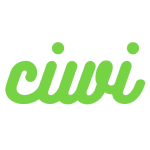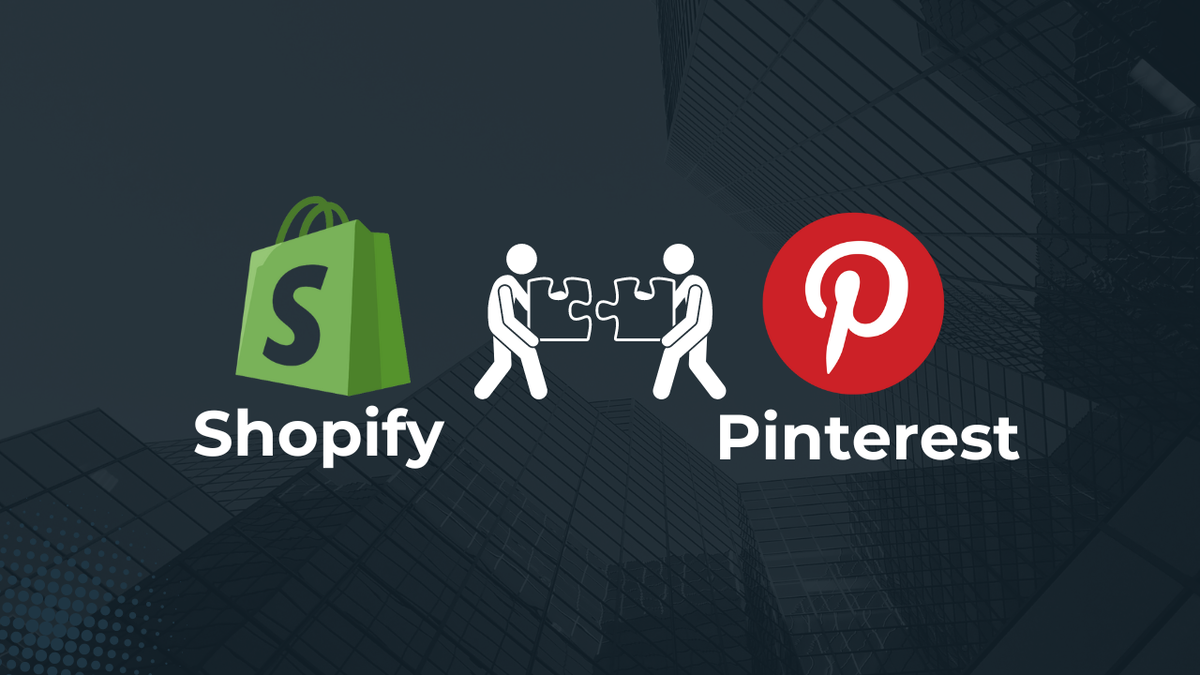🧠 Why Pinterest Is Ideal for Shopify Marketing
- High Purchase Intent: Users search for specific product ideas, such as “wedding dress inspiration” or “home office decor,” indicating strong buying intent.
- Long Content Lifespan: Pins have a longer shelf life compared to posts on other social media platforms, providing sustained traffic over time.
- Algorithm-Friendly for New Content: Pinterest favors fresh content, giving new Shopify stores an opportunity to gain visibility.
- Visual-Driven Conversions: High-quality images and lifestyle photos can effectively drive engagement and conversions, especially in niches like fashion, home decor, and beauty.
🏪 Step 1: Set Up Pinterest for Your Shopify Store
- Create a Pinterest Business Account: Sign up at Pinterest for Business and complete your profile with your logo, bio, and website link.
- Install the Pinterest App on Shopify: This app allows you to:
- Sync your product catalog to Pinterest
- Create Product Pins with price and stock information
- Run Pinterest Ads using your Shopify product data
- Claim Your Website and Enable Rich Pins: Verify your domain to unlock rich analytics and improve trust. Rich Pins display product details directly in Pinterest, increasing click-through rates.
🎨 Step 2: Develop a Pinterest Content Strategy
Pinterest is a visual search engine; therefore, content quality is crucial.Content Ideas:
- Lifestyle product photos
- How-to guides or tutorials
- Seasonal or gift collections
- User-generated content (UGC)
Design Tips:
- Use vertical images (1000×1500 px) for maximum visibility
- Add short overlay text for readability
- Maintain consistent brand colors to increase recognition
- Create multiple versions of each product Pin to test performance
📈 Step 3: Optimize Pinterest SEO for Shopify
Pinterest operates as a search engine, so keyword optimization is essential.
- Pin Titles and Descriptions: Include relevant keywords naturally.
- Alt Text: Describe the image content using keywords.
- Board Titles and Descriptions: Use clear, keyword-rich titles and descriptions.
- Image File Names: Rename image files to include relevant keywords before uploading.
- Pinterest Trends: Utilize Pinterest Trends to discover trending keywords and topics.
By aligning your content with popular search terms, you can enhance your visibility and drive more traffic to your Shopify store.
💰 Step 4: Utilize Pinterest Ads to Accelerate Growth
Once you have established a solid organic presence, consider scaling with Pinterest Ads.
- Ad Types: Use Catalog Sales or Conversion Campaigns to promote Shopify products.
- Budgeting: Start with small budgets to A/B test different creatives.
- Pinterest Tag: Install the Pinterest Tag on your Shopify store to track conversions and retarget visitors.
Pinterest Ads can amplify your reach and drive targeted traffic to your store.
📊 Step 5: Monitor Performance and Optimize
- Analytics: Use Shopify Analytics and Pinterest Analytics to track performance.
- Key Metrics: Monitor Click-Through Rate (CTR), saves, outbound clicks, and sales conversions.
- Content Strategy: Focus on high-performing Pins and create variations to improve results.
- Consistency: Publish at least 20 new Pins each month to maintain activity and visibility.
Regular monitoring and optimization are key to sustaining and growing your Pinterest traffic.
📝 Final Thoughts
Pinterest is an underrated yet powerful traffic channel for Shopify stores. By implementing a well-rounded Pinterest marketing strategy for Shopify, you can build a sustainable source of high-intent traffic that converts over time.Start by creating visually appealing Pins, optimizing for Pinterest SEO, and running targeted ads. With consistent effort, Pinterest can become a significant driver of sales for your Shopify store.


